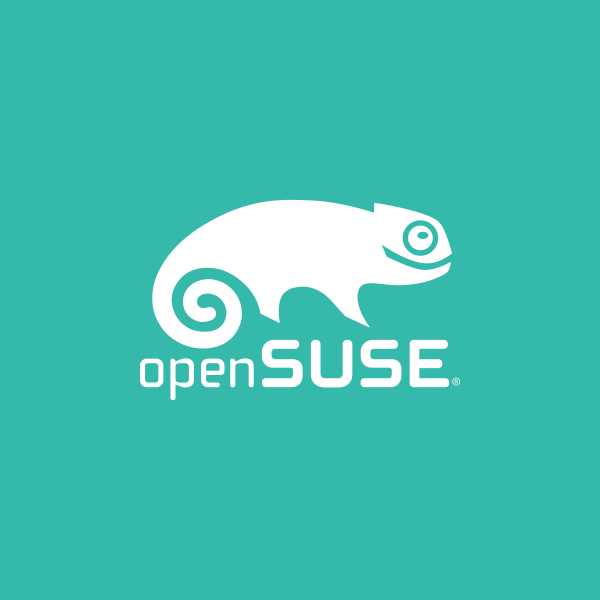x11vnc
VNC Server for Real X Displays
x11vnc allows one to remotely view and interact with real X displays (i.e. a display corresponding to a physical monitor, keyboard, and mouse) with any VNC viewer. In this way it plays the role for Unix/X11 that WinVNC plays for Windows. For Unix, the VNC implementation includes a virtual X11 server Xvnc (usually launched via the vncserver command) that is not associated with a real display, but provides a "fake" one X11 clients (xterm, mozilla, etc.) can attach to. A remote user then connects to Xvnc via the VNC client vncviewer from anywhere on the network to view and interact with the whole virtual X11 desktop. The VNC protocol is in most cases better suited for remote connections with low bandwidth and high latency than is the X11 protocol. Also, with no state maintained the viewing-end can crash, be rebooted, or relocated and the applications and desktop continue running. Not so with X11.
Non è disponibile alcun pacchetto ufficiale per openSUSE Leap 16.0Distribuzioni
openSUSE Tumbleweed
openSUSE Slowroll
openSUSE Leap 16.0
openSUSE Leap 15.6
openSUSE Leap 15.5
SUSE SLE-15-SP2
SUSE SLE-15-SP1
RedHat RHEL-7
RedHat RHEL-6
RedHat RHEL-5
